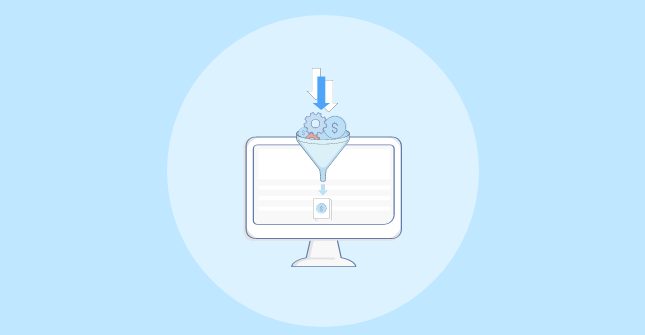Cloud Computing’s Top 10 Disruptive Trends in 2025
Cloud computing has become the norm. As of 2025, 94% of IT professionals are using the…

Cloud computing has become the norm. As of 2025, 94% of IT professionals are using the…

Forbes reports that the artificial intelligence (AI) market brought an estimated $214 billion in revenue in…

Back in the 1980s, the computing world faced a challenging problem: file systems were a mess. Companies like…

In the early days of space exploration, Apollo 13 set out on a daring mission with…

VCF Orchestrator is a powerful tool that helps administrators automate tasks in a VMware environment. One…

I threw up a quick yes/no question on Reddit to see what the community thinks about VCF Orchestrator….

When Drupal CMS 1.0 launched, we rushed to create an MVP of the Drupal CMS Guide….

This week, we’ve added 7 new videos to existing tutorials in our Module Developer Guide. The…

Building a website with WordPress is an excellent choice due to its versatility, ease of use, and a vast array of plugins that enhance functionality. Here’s a comprehensive guide to building a WordPress website, along with recommendations for web design.

Building a website with WordPress is an excellent choice due to its versatility, ease of…

The Most Important Stages and Plugins for WordPress Website Development Developing a WordPress website requires careful…

Sometimes you need to deploy a very specific vCenter build. For example SimpliVity requires it for…